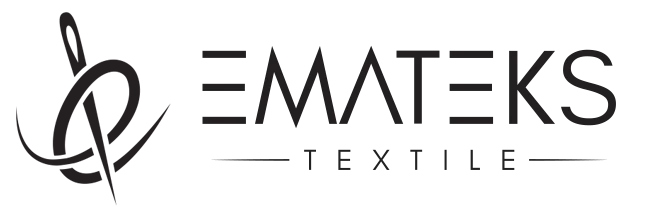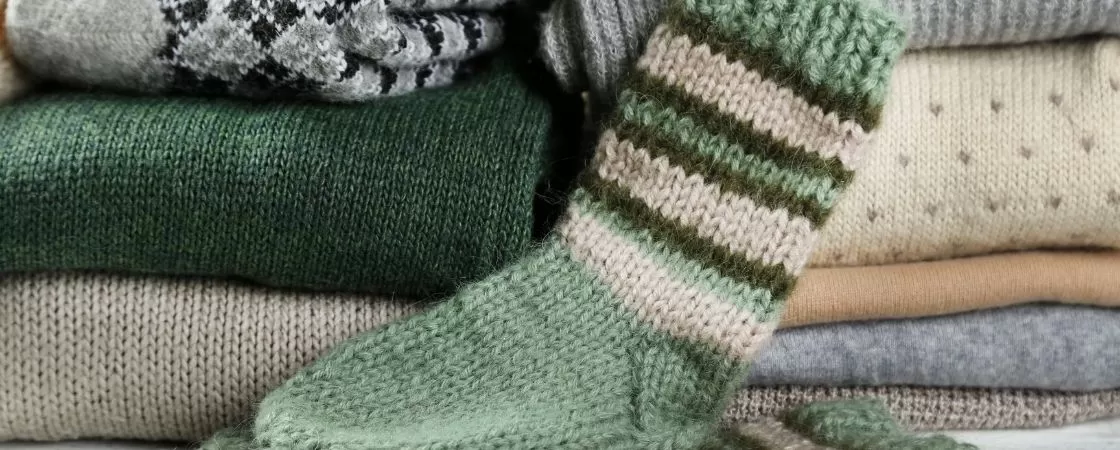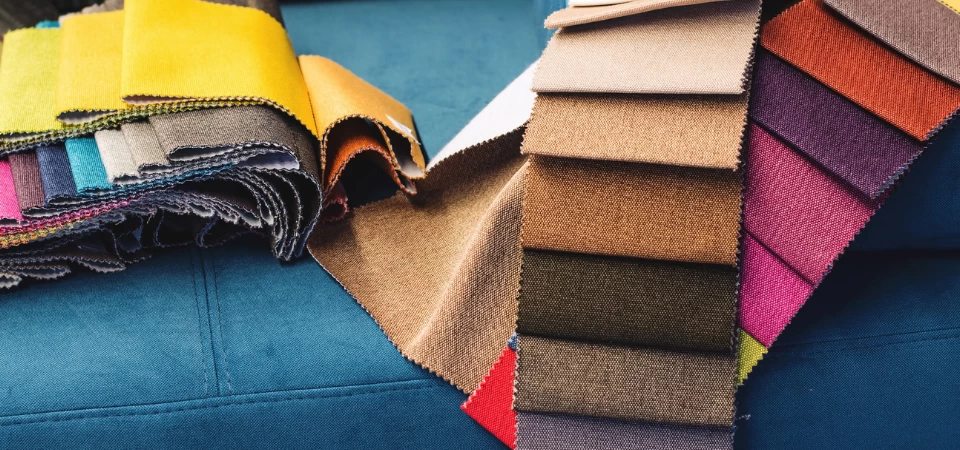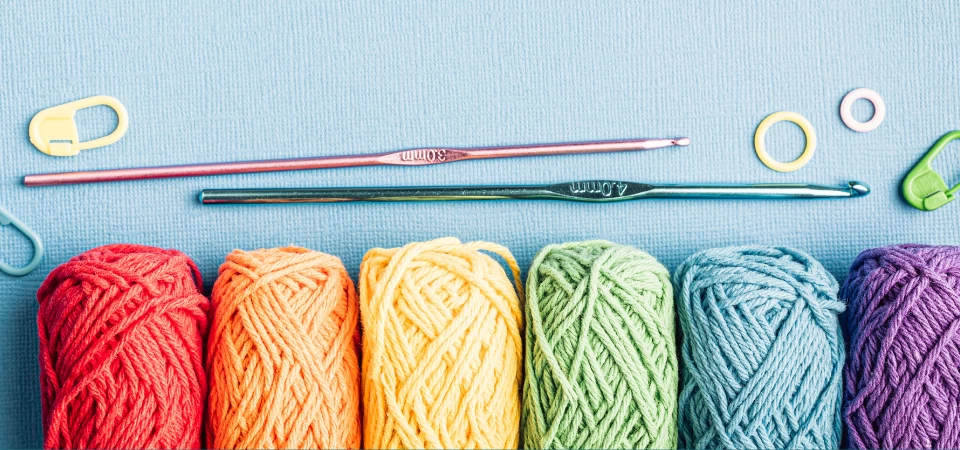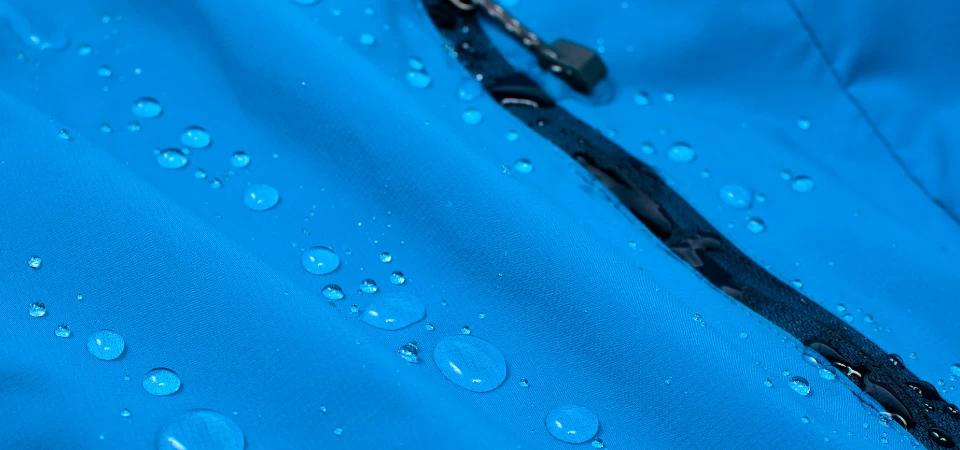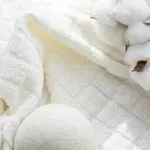
Shining a Light on Mercerized Cotton: Benefits, Uses, and Care
December 5, 2023
Definition of Fabric Selvage and Its Importance for Textile Projects
December 19, 2023There are many different types of fabrics in the textile industry, and one of them is, knitted fabric. This type of fabric gets its name from the way it is produced and is widely used in textiles. This type of fabric, which has an excellent stretch property, has a soft and smooth structure, fully fits the body. The main difference between woven fabrics is based on durability and flexibility. Knitted fabrics, which are used in a wide area from home textile to accessories, can be produced in many different ways. There are many different knitted fabric production methods, such as jersey, double jersey, rib, terry or velour, which are used by fabric factories. In this article, what these methods are, the usage areas and basic features of the fabric are included.
Table of Contents
ToggleKnitted Fabric Definition and Meaning
Knitted fabric is a type of fabric that is obtained by knitting each loop of the threads together. As the appearance, a chain-like structure is dominant and thanks to this structure, it provides many advantages. Compared to woven fabrics, knitted one is more breathable in structure and is quite comfortable because it has high flexibility. For this reason, these fabrics are used in many areas in daily life. All it takes are two knitting needles and thread piles required for production. It is possible to produce different types of knitted fabric according to the area and desired characteristics.
Types of Knitted Fabrics
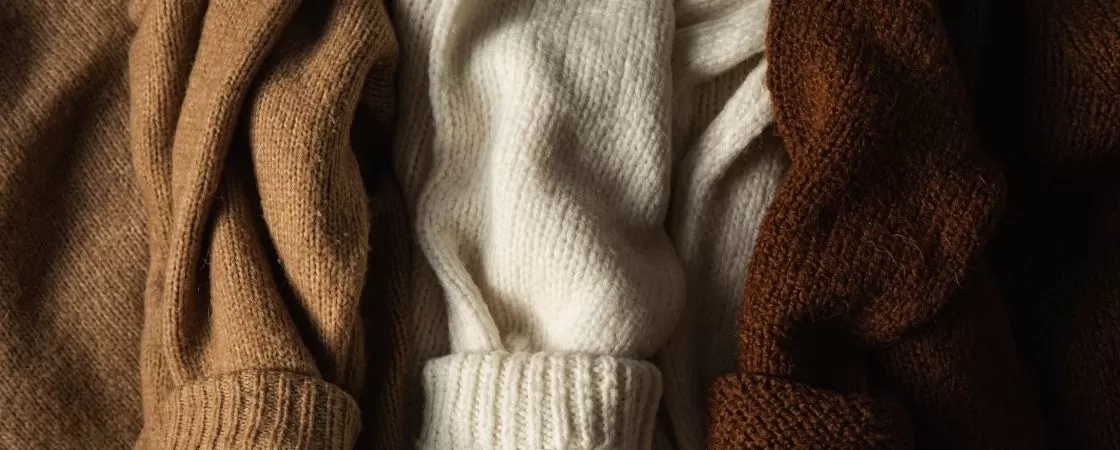
Knitted fabric is among the most frequently used fabrics in the textile industry and it is possible to see different versions in daily life. Considering the features such as the way it is produced, the desired properties and the area of use, these fabrics are separated and classified. The details of this classification and the main features of the fabrics are as follows.
1. Stable Knits
Stable knits, and as the name suggests, is a type of fabric with little stretch. Since the stretch share is about 18% to 25%, it can be said that it is quite successful in maintaining its form. Although it is a less stretchable type of fabric, it is comfortable and does not restrict its ability to move.
2. Moderate Knit
Knitted fabrics with a higher stretch share than stable knits are called moderate knit. The elasticity rate is generally between 26% and 50% and is preferred in textile products such as t-shirts or jerseys.
3. Stretchy Knits
Stretchy knits have more stretch properties than the other two types of knits. The stretch share is about 50% to 75%, which makes the fabric quite flexible.
4. Super Stretch Knits
If you think the most flexible fabric is stretchy, you are wrong. Super stretch knits are very flexible but can quickly return to its previous shape. It is produced by mixing with materials such as latex or spandex to provide flexibility during the production phase. The ability to flex to much more than its own length and to return to its former state makes this kind of knitted fabric attractive.
5. Rib Knits
Rib knits, which have a flat and textured appearance, are a very flexible and comfortable fabric. Due to its structure, it sits exactly on the body but does not disturb thanks to its stretching feature. It is widely used in areas such as sportswear, neck, and arm cuffs.
6. Sweater Knits
One of the fabric types that everyone is familiar with in everyday life, especially in winter, is the sweater knits. These fabrics, which are produced using a thick yarn, are used in textile products such as sweaters and dresses.
What is Knitted Fabric Made of?
These fabrics can be produced from many different types of yarns, natural and synthetic. Cotton threads are one of the ideal choices to support softness and not disturb the skin. Wool is a thread that keeps both durable and warm, so it is a type of thread that suits this technique. Polyester, which is one of the synthetic yarns, is a preferred type of yarn that stands out with its durability. Spandex is an important ingredient used to provide and support flexibility and is often used in combination with other types of yarns. Since modal is a soft and breathable yarn, it is preferred especially in knitted underwear products.
What is the Difference Between Woven Fabrics?
Although knitted fabrics and woven fabrics are similar in terms of their production types and usage areas, they differ from each other in terms of production shape, texture, and basic characteristics. Two or more threads are needed for this fabric and these threads are threaded together. In weaving, vertical, and horizontal thread sets touch each other. The knitted models, which are also welded from the mode of production, have a more flexible and body-fitting structure, while woven fabrics are less flexible and rigid. These fabrics naturally tend to be more breathable and lighter. The reason for this is that loops are interlaced and small gaps are formed in between. Woven fabrics, on the other hand, are tightly woven fabrics and are much more durable in terms of structure.
Common Applications of Knitted Fabrics in Fashion
Fabrics produced with knitting techniques are used in many areas in the fashion world. It has a variety of uses, not only clothing, but also home textiles to accessories. This variety is caused by the fabric being versatile. It is possible to see this type of fabric in products such as t-shirts and sweatshirts in daily wear. In addition, one of the most widely used areas is home furniture. It is preferred in products such as blankets and towels with its soft texture and absorbency feature. Similarly, it is one of the preferred fabric types in baby clothes due to its soft structure, but it is recommended to produce it with natural yarns. Knitted fabric is the leading fabric with stretch features, thus providing excellent mobility. For this reason, it is among the most preferred fabrics in sportswear. In accessories such as hats, socks, scarves, it is also possible to see this type of fabric and its varieties. It is used in many areas thanks to its comfort, softness and stretch properties.
Basic Properties of Knitted Fabric

The most prominent features of these fabrics are listed below.
- Excellent flexibility: Many loops are thrown at the production stage to allow this fabric to take the form of knitting. It stands out with the ability to stretch to much more of its own neck and then return to its old form. It is one of the essentials for clothes that sit on the body and without zippers.
- High resistance to wrinkles: These fabrics are perfectly flexible fabrics, so there is no such thing as wrinkling.
- Silky softness: This fabric has a generally quite soft structure and does not bother when worn. They are fabrics that do not irritate the skin, especially when produced from natural yarns such as cotton.
- Easy care: There is no need for special care instructions for these fabrics, it is a fabric that can be washed in the machine and only needs to be dried, as it does not require ironing.
- Deformability: Compared to woven fabrics, weaves are more easily deformed. Moreover, sewing is also a problem when it is worn from any place.
What are the Knitted Fabric Construction Methods?
These fabrics can be produced by different methods and these methods have the power to determine the texture and area of the fabric.
One of them, the single jersey, is the simplest knitted method. Its main feature is that the flat other face of one face has a striped structure and is generally preferred in light clothing worn daily.
Double jersey is the same fabric produced with two sets of yarns. It is often a preferred method in the production of thick clothes, so it is ideal for the outerwear category.
Rib knit fabric has a striped pattern and the pattern is flat and inverted in itself. It is a preferred method for the fabric to be more flexible, and its area of use is commonly the sleeve and collar cuffs.
With interlock, a fabric with a double layer is produced and thus the fabric is more durable. Sports is a method used in clothing.
A special knitting construction is needed for Velour. Soft, smooth, and luxurious underwear is indispensable.
Terry knit fabric has excellent suction power, so it is used in the production of products such as towels and bathrobes in home textiles.
Jacquard is preferred for more complex and patterned designs. Special design is often a preferred method in the production of textile products.
